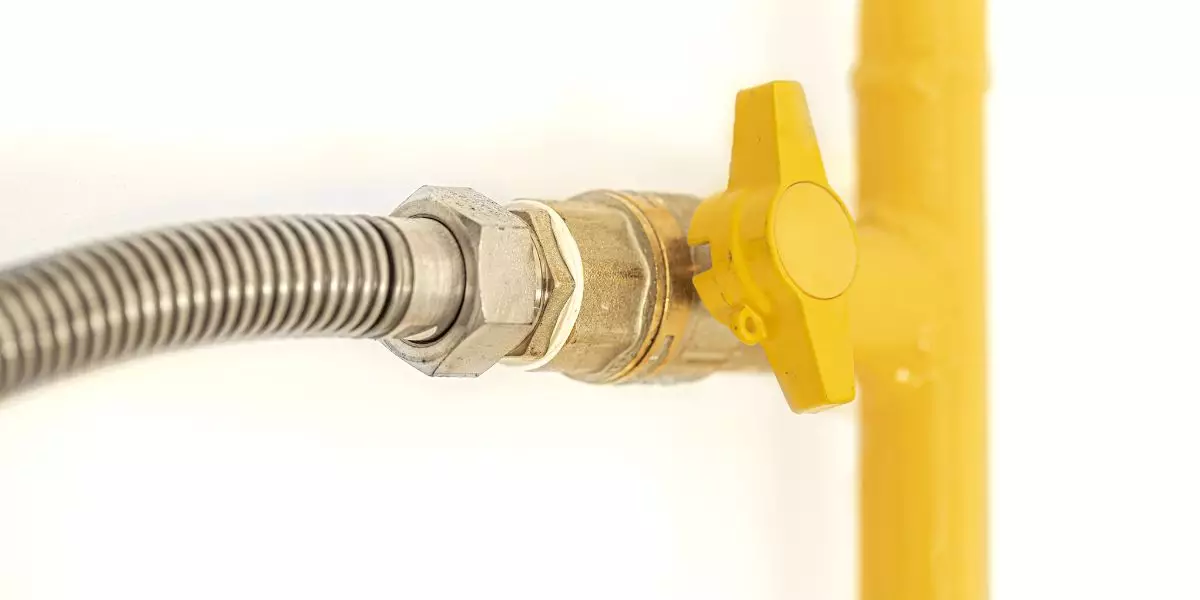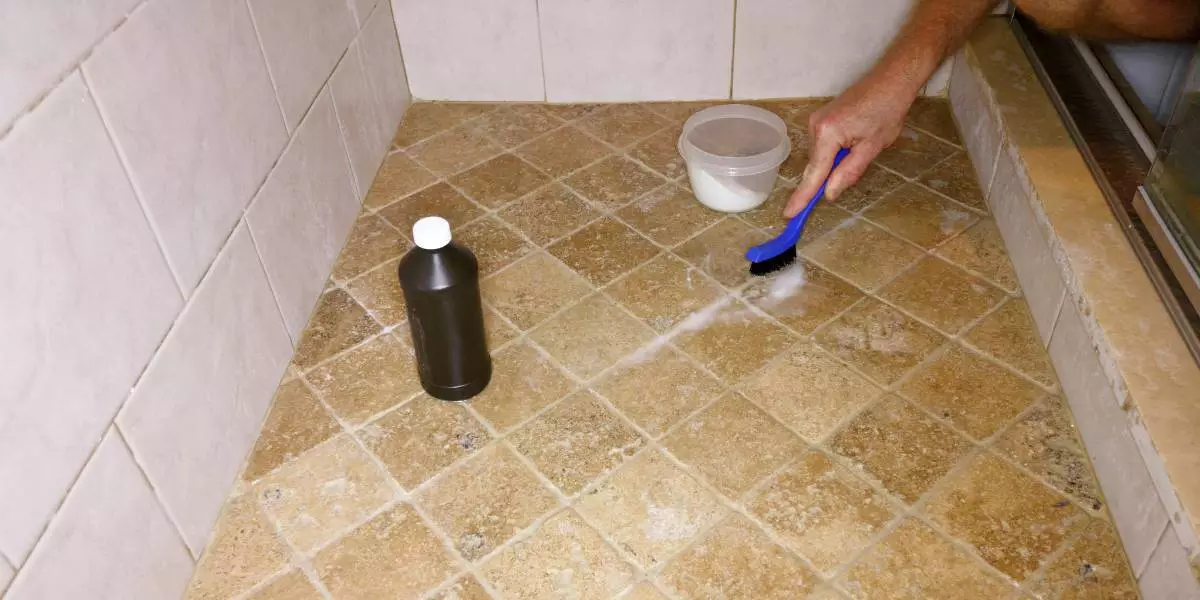Gas lines are an essential part of any home or building that utilizes natural gas. They are responsible for delivering the gas to various appliances and systems, such as stoves, furnaces, and water heaters. Understanding the purpose and importance of a gas line is crucial for homeowners and DIY enthusiasts to ensure safe and proper installation.
What is a gas line and why is it important?
Understanding the purpose of a gas line
A gas line is a pipe or tubing used to transmit natural gas from the main gas supply to individual appliances or systems within a building. It acts as a conduit for the gas to flow, ensuring reliable delivery for the proper functioning of gas-powered devices.
The dangers of a faulty gas line
A faulty or improperly installed gas line can pose serious risks to the occupants of a building. Gas leaks can lead to fires, explosions, and carbon monoxide poisoning. It is crucial to ensure proper installation and regular maintenance of gas lines to prevent potential hazards.
Signs of a potential gas line problem
There are several signs that may indicate a potential gas line problem, including the smell of gas, hissing sounds near the gas lines, unusually high gas bills, and gas-powered appliances not functioning properly. If you notice any of these signs, it is essential to take immediate action and seek professional help.
How to install a gas line
Installing a gas line requires careful planning, the right tools, and adherence to safety precautions. Here is a step-by-step guide to help you through the process:
Required tools for gas line installation
Before starting the installation process, gather the necessary tools for the job. These may include a pipe cutter, pipe wrench, tubing cutter, pipe threader, fittings, valves, and a gas leak detector.
Step-by-step guide to installing a gas line
1. Plan the route: Determine the path the gas line will take, considering factors such as distance, accessibility, and safety requirements.
2. Turn off the gas supply: Shut off the main gas supply and ensure all gas-powered appliances are turned off.
3. Measure and cut pipes: Use a pipe cutter to measure and cut the pipes according to the required dimensions.
4. Thread the pipes: Use a pipe threader to create threads on the ends of the pipes for easy connection.
5. Install fittings and valves: Assemble the pipes with the help of fittings and valves, ensuring proper alignment and tight connections.
6. Test for leaks: Use a gas leak detector or soapy water to check for any leaks in the newly installed gas line.
7. Properly secure the gas line: Use clamps or brackets to secure the gas line along its route, ensuring it is protected and supported.
Ensuring proper ventilation for the gas line
Proper ventilation is essential when installing a gas line. Ensure that the area where the gas line is installed has adequate air circulation to prevent the buildup of gas and potential dangers. If unsure about ventilation requirements, consult a professional plumber or local authorities for guidance.
Important considerations when working with gas
When working with gas, it is crucial to prioritize safety and follow important precautions to minimize risks. Here are some key considerations to keep in mind:
Key safety precautions to follow
1. Always work in a well-ventilated area.
2. Wear appropriate safety gear, such as gloves and safety goggles.
3. Avoid smoking or using open flames near gas lines during installation.
4. Familiarize yourself with the location of gas shut-off valves in case of emergencies.
Dealing with gas leaks and emergency situations
If you suspect a gas leak, take immediate action:
1. Evacuate the building and call emergency services.
2. Do not use any electrical devices or create sparks, as they can ignite the gas.
3. Avoid using phones or other electronic devices, as they can also generate sparks.
Understanding the gas piping system in your home
It is essential to familiarize yourself with the gas piping system in your home or building, including the location of the main gas line, gas meter, shut-off valves, and access points. This knowledge can help you identify potential issues and perform basic maintenance when needed.
The cost and benefits of running a gas line
The financial implications of installing a gas line
Installing a gas line can be a significant financial investment. The exact cost will depend on various factors, such as the distance of the gas line, the number of appliances it will supply, and whether any excavation is necessary. It is advisable to consult with multiple gas companies and obtain quotes before proceeding with the installation.
The advantages of using natural gas
Natural gas offers several advantages over other energy sources:
- Cost-effectiveness: Natural gas is generally more affordable than electricity or oil.
- Energy efficiency: Gas-powered appliances are known for their efficiency, resulting in potential energy savings.
- Reliable supply: Natural gas is piped directly to your home, ensuring a constant supply.
Common appliances that can be powered by gas
Many household appliances can be powered by natural gas, including:
– Stoves and ovens
– Water heaters
– Furnaces
– Clothes dryers
– Fireplaces
Hiring a professional plumber vs. DIY gas line installation
The pros and cons of hiring a plumber
Hiring a professional plumber for gas line installation offers several advantages:
– Expertise and experience in gas line installation
– Compliance with local plumbing codes and regulations
– Reduced risk of errors or faulty installations
However, hiring a plumber can be more expensive compared to a DIY installation, and it may require scheduling and waiting for their availability.
Exploring the DIY option for gas line installation
For experienced DIY enthusiasts, installing a gas line can be a viable option. However, it is essential to consider the following:
– In-depth knowledge of gas line installation and safety precautions
– Availability of the required tools and equipment
– Compliance with local plumbing codes and regulations
– The need for proper permits and inspections
Permits and regulations for gas line installation
Before installing a gas line, it is crucial to check with your local authorities regarding the necessary permits and regulations. Failure to comply with these requirements can result in fines or legal complications.
Q: What is gas pipe hanging?
A: Gas pipe hanging refers to the process of securely installing and suspending gas pipes in a location where natural gas or other gases are needed for appliances or heating systems.
Q: What are the different types of gas pipes?
A: Gas pipes are typically made of galvanized steel, black pipe, or PVC (polyvinyl chloride). Galvanized steel and black pipes are commonly used for gas lines in homes and buildings, while PVC pipes are used for lower-pressure applications.
Q: How do I know what size gas pipe to use?
A: The size of the gas pipe needed depends on the appliances or equipment being served by the gas line. It is best to consult a professional plumber or refer to local building codes to determine the appropriate size for your specific installation.
Q: Can a gas line be made of PVC?
A: PVC pipes can be used for gas lines in low-pressure applications, such as for outdoor grills or small appliances. However, PVC is not suitable for high-pressure gas systems or indoor gas lines.
Q: Can I install a gas fireplace without a gas line?
A: No, a gas fireplace requires a gas line to provide the fuel needed for the flame. If you don’t have an existing gas line, you will need to hire a professional to install a new gas line or consider other alternative heating options.
Q: Do I need a gas line for every new appliance?
A: Yes, each gas appliance requires a dedicated gas line for it to function properly and safely. It is important to consult with a professional plumber or gas fitter to ensure the proper installation of gas lines for new appliances.
Q: What should I do if I suspect a gas leak?
A: If you suspect a gas leak, it is crucial to take immediate action:
- Leave the area and evacuate everyone from the building.
- Avoid using any electrical devices, smoking, or creating sparks.
- Do not try to locate the source of the leak yourself.
- Call your local gas company or emergency services to report the leak.
- Do not return to the area until it has been deemed safe by professionals.







